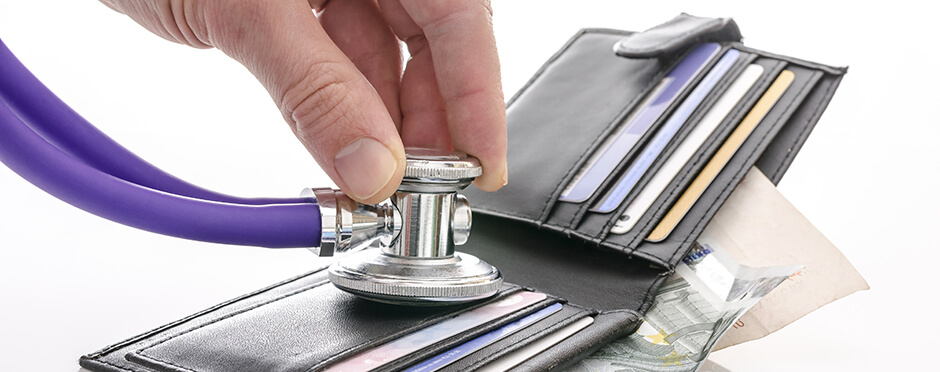
Financial well-being January 8, 2015 By
Balancing your accounts is easy. Follow these simple steps to track your finances monthly or whenever.
- Write down every transaction as it occurs in a checkbook register. Transactions include checks you've written, debit card transactions, ATM withdrawals, loan payments, fees, deposits – anything being withdrawn from, or added to your account. (If you prefer to track your account electronically, you can replicate the same columns on a computer program such as Excel, or use money management software like Quicken).
- When you receive your monthly bank statement, review it and compare it to your checkbook register. Place a check mark next to the items that match. If you have a transaction that does not appear on your statement, the transaction may still be pending and has yet to be processed.
- Make adjustments to your checkbook register if needed. Add any transactions you've overlooked, edit any amounts that your wrote down incorrectly, and subtract items you may have added twice.
Time to balance. To match your current balance to the balance from the statement, add back to your current balance any withdrawals made after the date of the statement, or items that have yet to be processed. Then, subtract the amount of any deposits made after the date of the statement. Your checkbook register balance should now match the balance on your statement.

It’s generally recommended that you balance your checkbook when you receive your monthly bank statement. However, you can use Online Banking to monitor your transaction history and to balance your account at any point within the month.
Knowing your current account balance allows you to be in control of your spending and saving.




